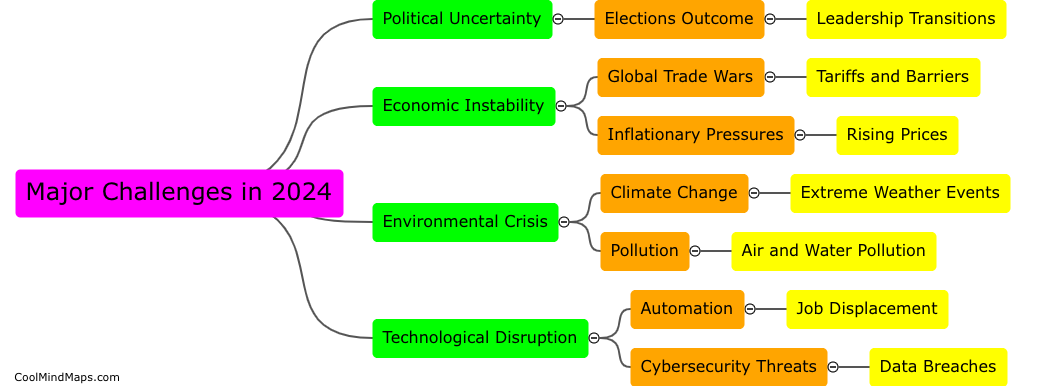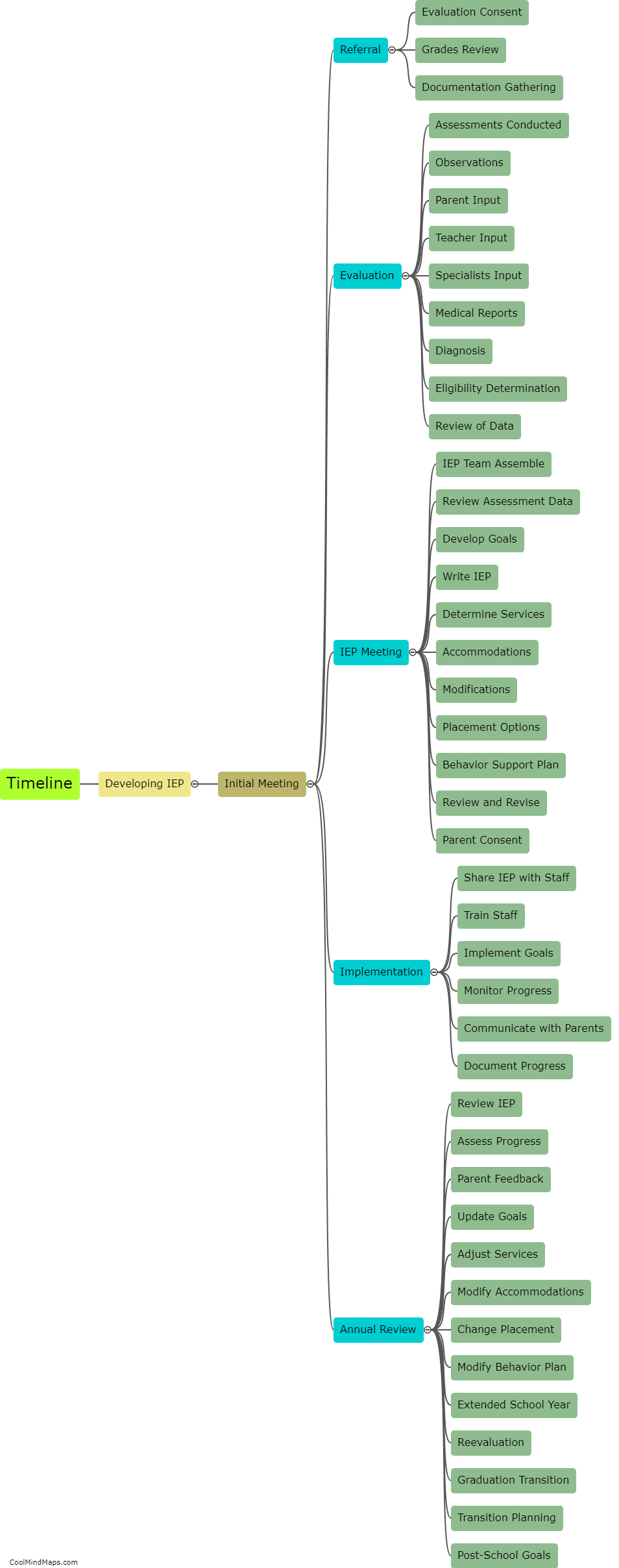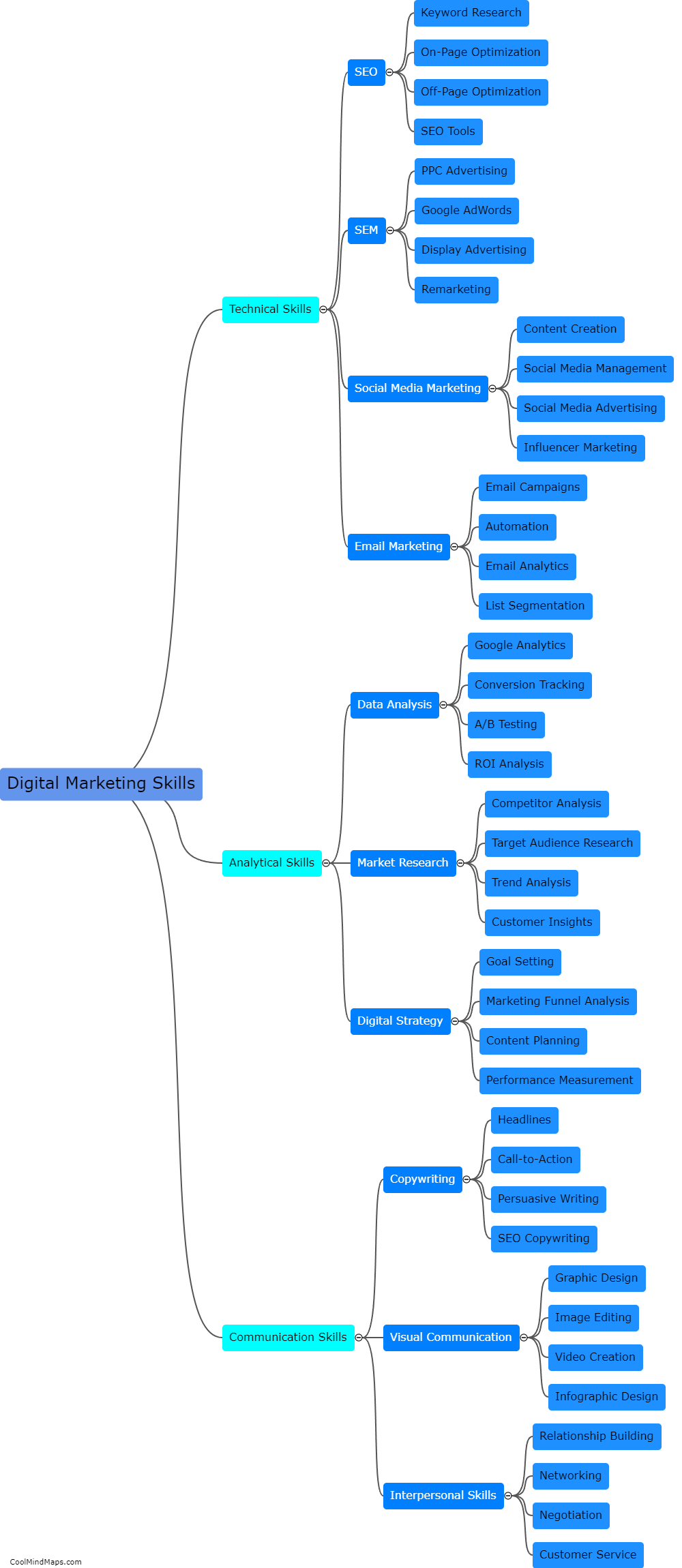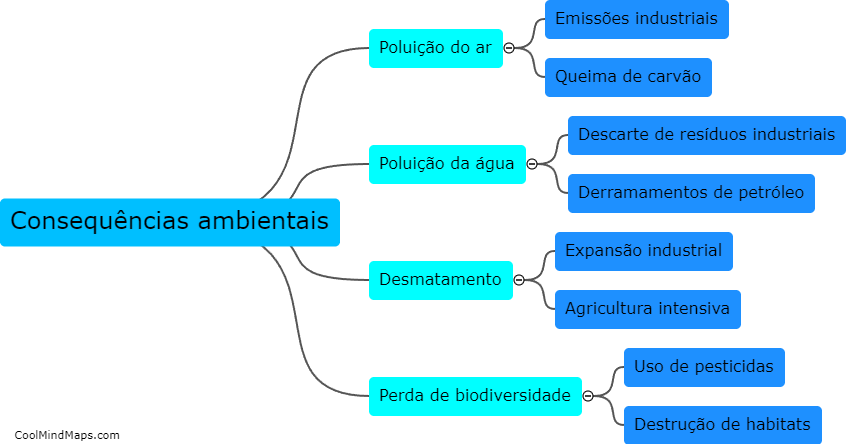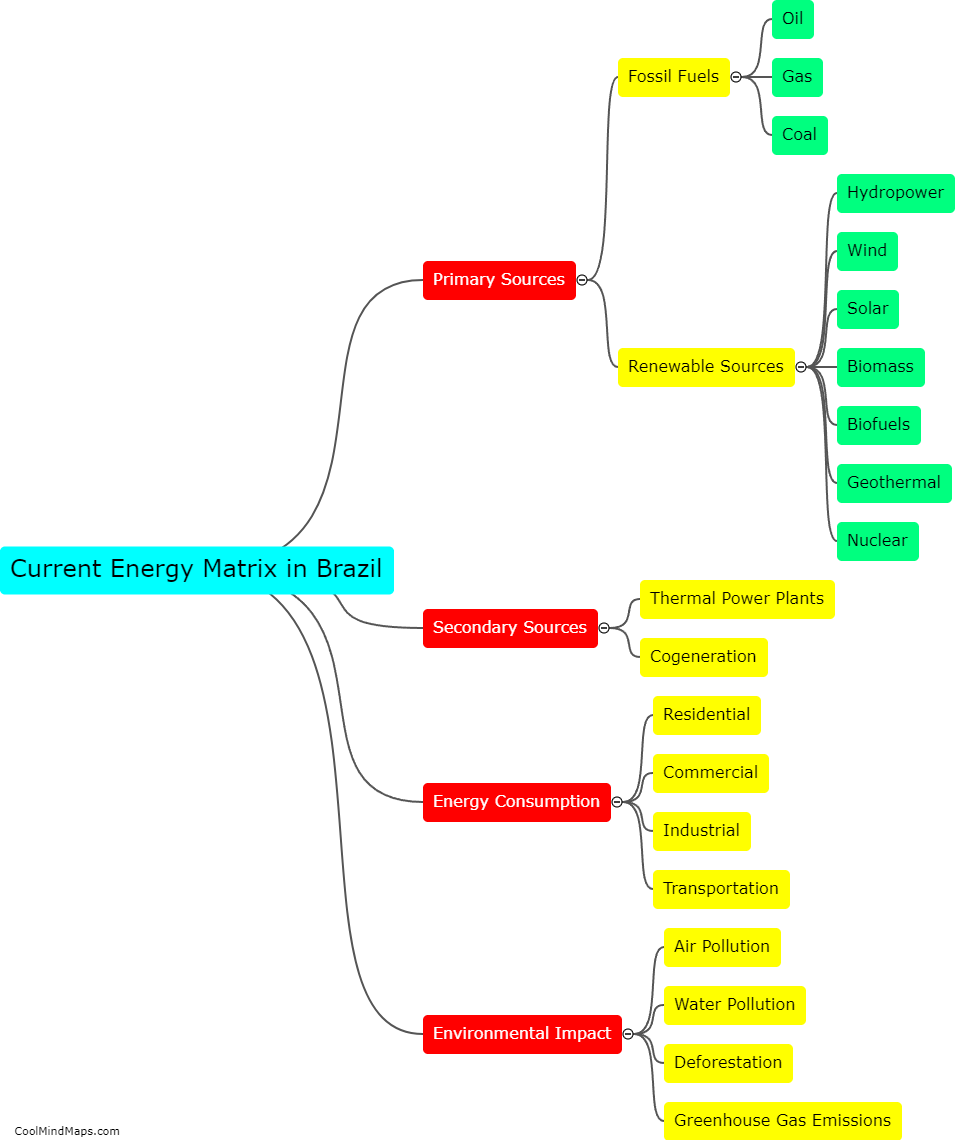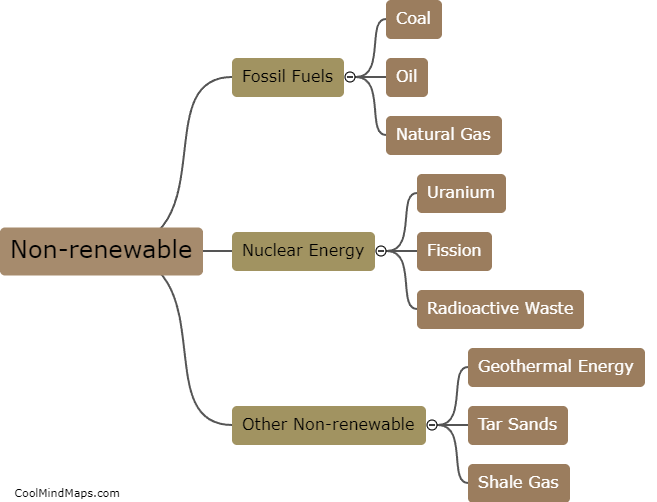How has Brazilian agriculture evolved over time?
Brazilian agriculture has undergone significant evolution throughout history. In the early years of colonization, emphasis was placed on the cultivation of staple crops such as sugarcane and coffee, reflecting the country's climate and fertile soil. However, with advancements in technology and global demand, Brazil transitioned into a major exporter of agricultural products. The expansion of soybean production brought about major changes in the late 20th century, as vast areas of the Amazon rainforest were cleared for agriculture. The adoption of modern farming practices, including mechanization and the use of genetically modified organisms, played a crucial role in improving productivity. Furthermore, sustainable agriculture practices have gained importance in recent years, with efforts to combat deforestation and reduce environmental impacts. Today, Brazil is one of the world's largest agricultural producers, contributing significantly to the global food supply.
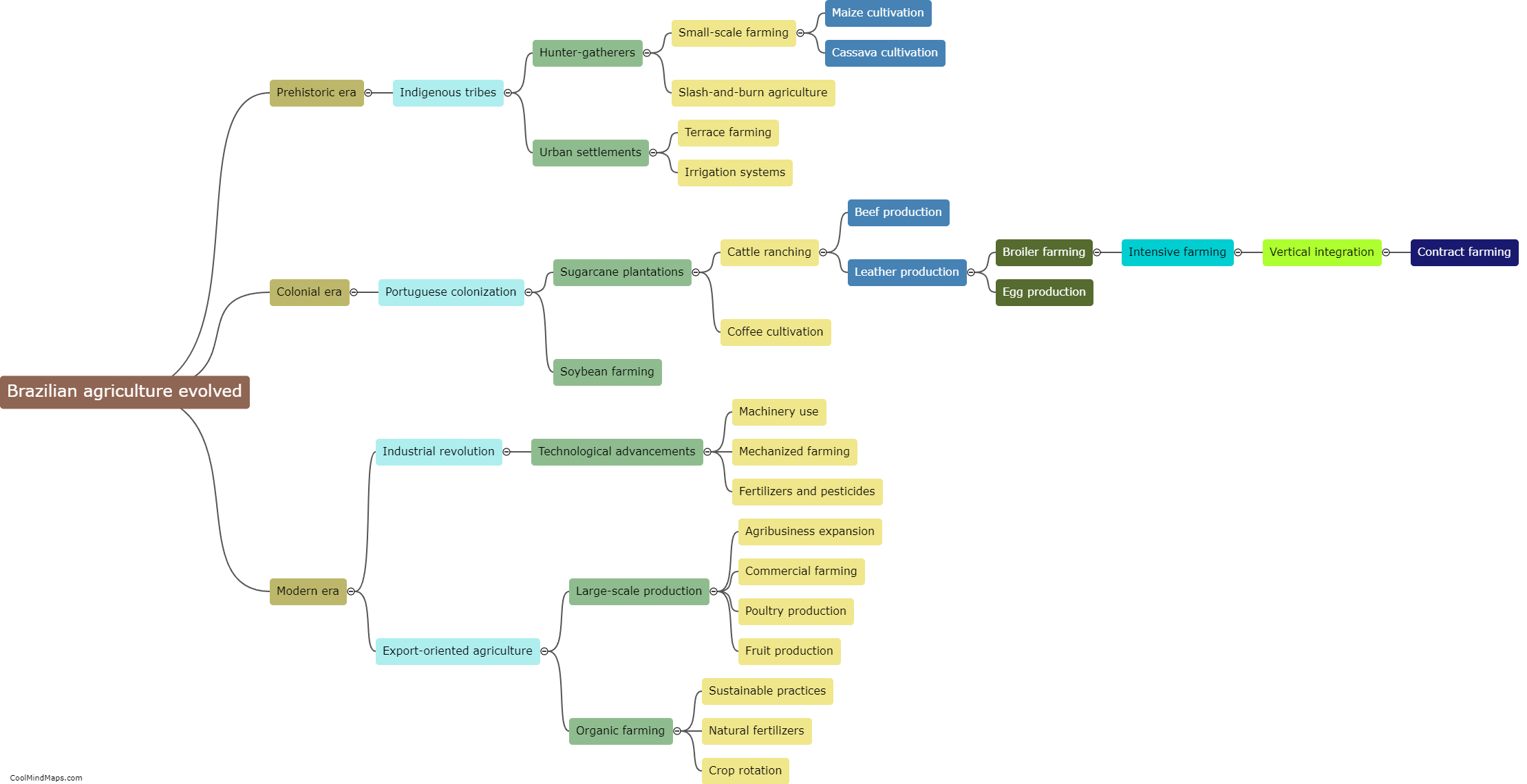
This mind map was published on 16 August 2023 and has been viewed 106 times.
